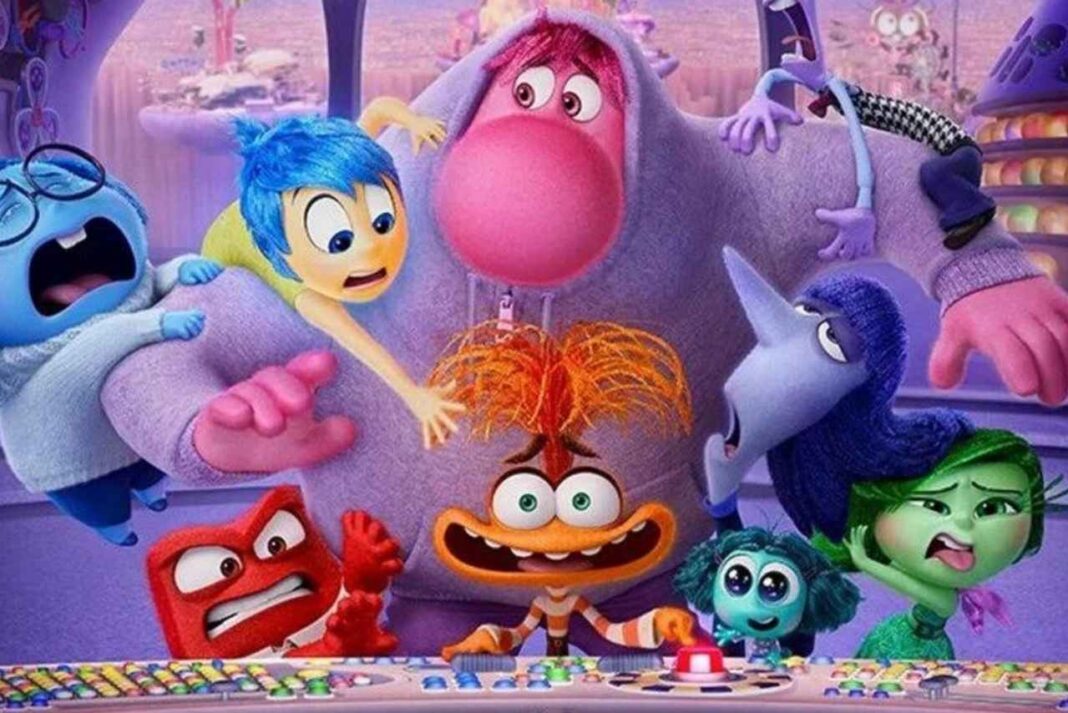Sadness, Fear, Disgust, Anger, and Joy each emotion is deeply human and incredibly valuable. Inside Out 2, the long-awaited sequel to the beloved animated film Inside Out, once again invites us into the mind of Riley now transitioning from childhood into adolescence. This time, we meet four new emotions: Envy, Ennui, Embarrassment, and Anxiety.
The sequel masterfully captures the emotional turbulence of growing up. Through Riley’s journey, we’re reminded that emotions often seen as “too much” or “abnormal” are, in fact, profoundly human and essential. In this post, I’ll explore how Inside Out 2 presents emotional complexity, and why embracing all of our feelings especially the uncomfortable ones is crucial for mental health and personality development.
A New Chapter in Riley’s Emotional World
Now a teenager navigating puberty, Riley is overwhelmed by internal changes that set the stage for a new emotional adventure. At first, Joy, Sadness, Disgust, Fear, and Anger have learned to work together in harmony. But a major “update” arrives at Headquarters (the mind’s control center), ushering in new emotional voices Anxiety, Embarrassment, Ennui, and Envy.
When disagreements arise over how best to support Riley, Anxiety takes charge. Believing she is protecting Riley from future dangers, Anxiety locks away the original emotions and begins reshaping Riley’s beliefs. Thoughts like “I’m not good enough” begin to dominate. After Riley is penalized during a hockey match, Anxiety spirals, leading to a full-blown anxiety attack none of the other emotions can intervene.
When Joy Isn’t Enough
During this emotional crisis, the original emotions go on a symbolic journey to return to Headquarters. By the time they make it back, Joy has changed. She realizes that Riley can’t and shouldn’t return to her “old self.” The “negative” memories, once pushed aside, now influence Riley’s self-perception alongside the positive ones.
This marks a turning point: Riley’s identity is no longer built solely on joy and success, but also on pain, vulnerability, and uncertainty. Her new personality formed from both light and shadow is first accepted by Joy, and then embraced by all the emotions. It’s a powerful reminder that we are not meant to be emotionally one-dimensional.
Why Every Emotion Matters
The brilliance of Inside Out 2 lies in its emotional honesty. It shows that emotional imbalance when one feeling dominates isn’t sustainable. While Anxiety’s goal is to protect Riley, her dominance creates distress and disconnection. Healing begins when all emotions are allowed to contribute.
Each feeling has a distinct role:
-
Anxiety prepares us for imagined threats but needs balance to avoid overthinking.
-
Fear helps us avoid real danger.
-
Sadness reminds us that it’s okay not to be okay it invites connection and empathy.
-
Anger gives us strength to defend ourselves and set boundaries.
-
Disgust helps us define our values and maintain self-respect.
-
Joy keeps us connected to wonder, vitality, and hope.
-
Embarrassment helps us recognize social norms and vulnerability.
-
Envy reveals what we admire and desire.
-
Ennui speaks to a lack of meaning, nudging us toward growth and change.
Together, these emotions create a complex, adaptive self one that can navigate real life with resilience and depth.
A Message for Parents and Children Alike
For children and teens, the message is clear: you don’t have to feel “okay” all the time. Emotional contradictions like being happy and anxious, or proud and shy are not flaws; they’re part of being human. For parents, the film offers a gentle nudge to validate and support children’s emotional experiences without judgment or suppression.
Growing up is not about eliminating difficult emotions it’s about learning to live with them. Emotional intelligence doesn’t mean constant positivity. It means listening to your inner world, recognizing what each emotion is trying to tell you, and allowing space for all of them.
Celebrating Emotional Diversity
Inside Out 2 is more than a sequel it’s a celebration of emotional diversity. It reminds us that every feeling has value, and that wholeness comes not from emotional control, but from emotional integration.
When we allow ourselves to feel fully without suppression or exaggeration we nurture our sense of self, build emotional resilience, and find the inner peace we’ve been searching for.
So the next time you feel overwhelmed by a wave of unexpected emotions, remember Riley and how embracing all of who she was made her stronger. You don’t need to chase perfection. You just need to feel and trust that every part of you belongs.



